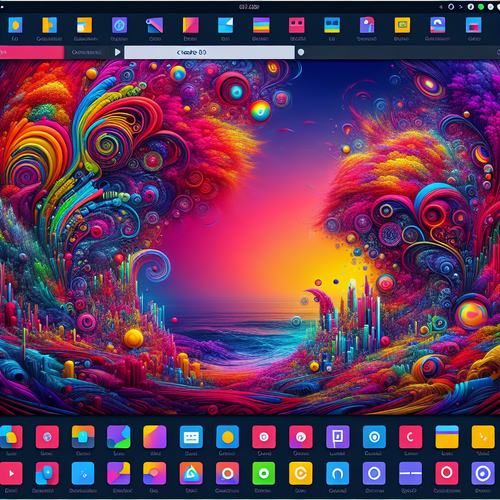
Top 5 Linux Tools for Desktop Customization
Top 5 Linux Tools for Desktop Customization
Customizing your Linux desktop environment can significantly enhance both your productivity and enjoyment while using the operating system. There is a vast array of tools designed for customization that allow users to reshape their desktops to fit their personal workflow and aesthetic preferences. In this tutorial, we will explore the top 5 Linux tools for desktop customization, detailing their features and how to get started.
Prerequisites
- Basic knowledge of Linux commands.
- Installed Linux distribution (Ubuntu, Fedora, Arch, etc.).
- Access to the terminal or package manager.
1. Gnome Shell Extensions
Gnome Shell extensions are small plugins that enhance and modify the functionalities of Gnome shell. They offer various features, including additional widgets, improved workflows, and visual modifications.
How to Install Gnome Extensions
sudo apt install gnome-shell-extensions
Once installed, you can manage extensions via the Gnome Tweak Tool.
2. Conky
Conky is a lightweight, system monitor that is highly customizable. It allows displaying critical system information directly on your desktop, blending in with any wallpaper.
How to Install Conky
sudo apt install conky
Configuration files can be edited to fetch what statistics you’d like Conky to display, including CPU usage, RAM, disk space, and more.
3. KDE Plasma
KDE Plasma is a powerful and flexible desktop environment, renowned for its customizability. It offers numerous themes, widgets, and effects.
How to Install KDE Plasma
sudo apt install kde-plasma-desktop
After installation, you can modify the desktop via the System Settings to adjust themes, panel layouts, and widgets.
4. Openbox
Openbox is a lightweight window manager that allows you to create a minimalist desktop experience while giving you the ability to customize it fully.
How to Install Openbox
sudo apt install openbox
Upon configuration, you can manipulate menus and themes through XML files to create a unique environment tailored to your preferences.
5. Papercut
Papercut is a tool for managing desktop wallpapers and allows automatic rotation of your wallpapers, giving you a fresh look regularly.
How to Install Papercut
sudo apt install papercut
Configure your wallpaper preferences in the settings once installed, choosing folders and intervals for image rotation.
Troubleshooting Common Issues
- If extensions are not appearing in Gnome, ensure that you restart the shell by pressing
Alt + F2and typingr. - Conky may not display properly; check configuration files for errors or missing icons.
- If KDE Plasma becomes glitchy, consider rolling back the configuration settings.
Summary Checklist
- Choose the tools that align with your desktop environment.
- Follow installation commands carefully.
- Customize settings based on personal preferences and needs.
- Regularly update the installed extensions and themes.
Customizing your Linux desktop enhances your computing experience. With these tools, you can make your desktop your own, driving productivity and creativity. For further tuning, explore community themes and scripts on platforms like Gnome Look and others.
Explore more Linux tools to improve your workflow!













